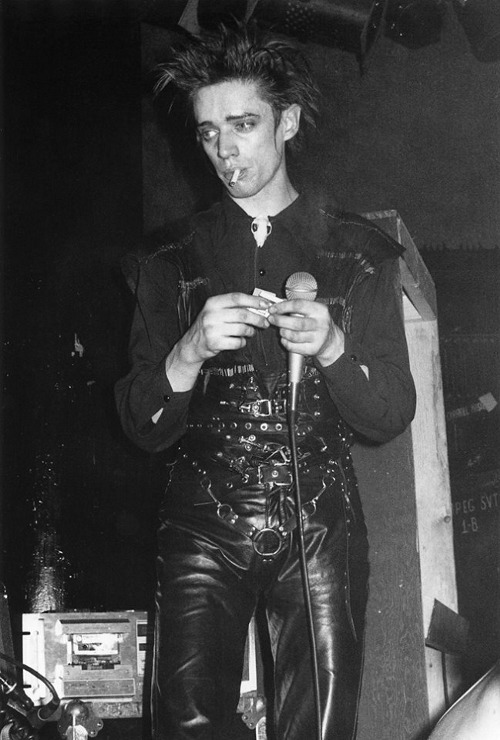Photo

adalberto libera - apartment building, via messina, roma, 1940-41
174 notes
·
View notes
Photo

Blixa Bargeld, Einstürzende Neubauten (febbraio 1984)
Fotografia: Fred H. Berger
432 notes
·
View notes
Photo

Zvi Hecker, Ramot Housing, Domus magazine, 657 / January 1985.
396 notes
·
View notes
Photo

Abstract film. H2O. 1929. Ralph Steiner. Library of Congress
4K notes
·
View notes
Photo

interchange of I-295 and Butler Blvd in Jacksonville
9 notes
·
View notes
Photo

How to Look at Art, Arts & Architecture, Ad Reinhardt, January 1947
63K notes
·
View notes
Photo

skidmore owings and merrill - boise cascade home office, boise, idaho, 1970
112 notes
·
View notes
Photo

U trajno sjećanje na obješene u Dubravi, među kojima je bio i Bogdan Ogrizović, kipar Dušan Džamonja je 1960. godine samoinicijativno izradio skulpturu za Spomenik prosinačkim žrtvama koji se i danas nalazi u parku na tramvajskom okretištu u Dubravi, zagrebačkom kvartu u kojem je kipar živio prije rata. Važnost tog spomenika nije samo simbolička; riječ je o prvom apstraktnom spomeniku nastalom u spomen žrtvama fašizma u Hrvatskoj, ali i o jednom od prvih te vrste u Europi.
742 notes
·
View notes
Photo










In “Hong Kong Corner Houses,” the internationally renowned German photographer Michael Wolf continues with his visual quest for the overlooked and underappreciated urban phenomena that give a city its special character. This time, he draws our attention to Hong Kong’s urban corners and buildings that are often inconspicuous amid the high-rise, high-density urban clutter of Hong Kong. These ordinary residential-commercial buildings of 1950s and 1960s vintage represent the expression of local Chinese pragmatism and expediency in the economic austerity of early postwar decades.
The photographic presentation captures the inherent paradoxes of their architectural character: the quiet prominence, attractive banality, and tectonic chaos that give urban Hong Kong its endearing quality. Complementing the superb photographs of Michael Wolf, “Hong Kong Corner Houses” features an essay and extended captions by two of Hong Kong’s best-known academics in the field of architectural conservation, Drs. Lynne DiStefano and Lee Ho Yin.
— Hong Kong Corner Houses

Michael Wolf is best known for his ‘Architecture of Density’ work in Hong Kong, but another collection from HK University Press showcases some of the city’s more classic heritage. ‘Progress is often equated with destroying the old and bringing in the new,’ says the German-born photographer…

…They were mostly constructed in the 1950/60s…

…Whilst some of the structures featured below are barely three decades old, the pace of development means such architectural curiosities are becoming an increasingly rare sight…

…This style of building is more common in older areas of Kowloon…

..Illegal structures remain an issue with these low-rise buildings, but many have been destroyed since a clean-up began in the 1990s…

…Most are under 10-floors tall. This was because the law required an elevator to be installed if a building was over 10 storeys, and also due to the presence of the old Kai Tak airport…

…The style is reminiscent of early American modernist skyscrapers – curved facades with strong vertical and horizontal detail…

..The 2008 collection pays homage to this overlooked and underappreciated urban phenomena and photos were once displayed around the MTR system…
— Michael Wolf’s Hong Kong Cornerhouses
3K notes
·
View notes
Photo

Completed in 2013 in Beijing, China. Images by Chen Su, Su Shengliang, Zhang Mingming, Zhang Yanping. Micro-Hutong is a building experiment by Zhang Ke’s standardarchitecture team on the Yang-Mei-Zhu street of Dashilar area.
78 notes
·
View notes
















